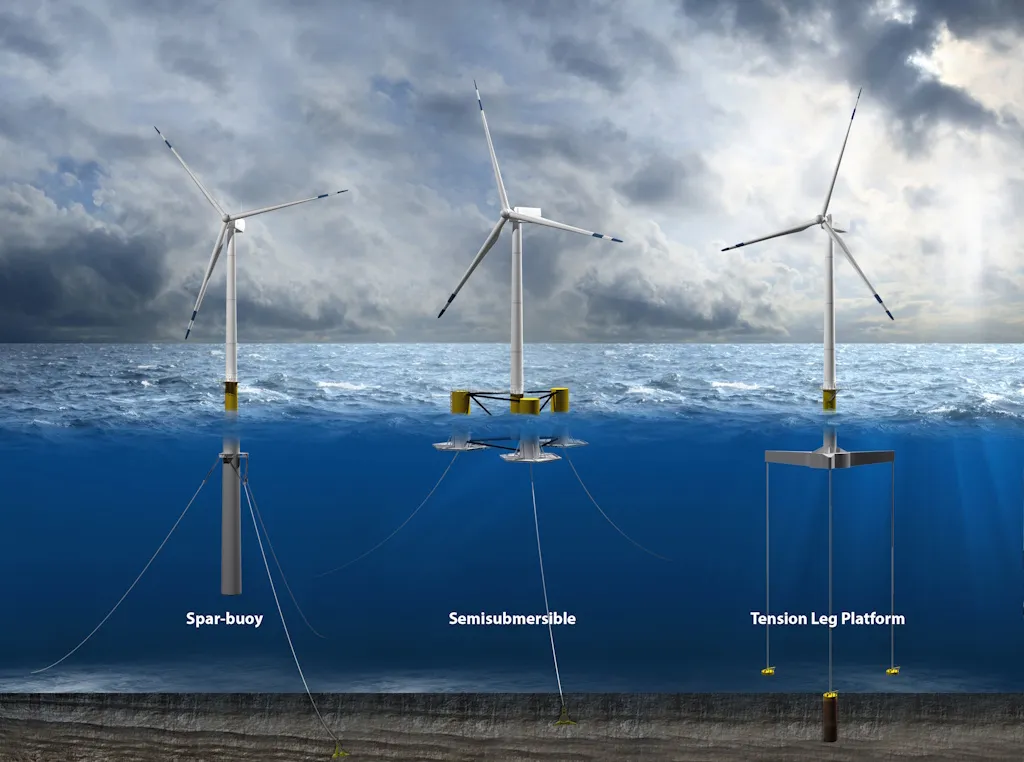The quest for sustainable energy sources has led us down many paths, but few are as elegant and readily available as the wind. For centuries, we’ve used wind power to propel ships and grind grain. Now, with advanced technology, the wind turbine stands as a beacon of clean energy, promising a future powered by the very air we breathe. But how did we get here, and what does the future hold for these spinning giants?
The Evolution of Wind Power Tech
The concept of capturing wind energy isn’t new. Early windmills were simple, often wooden structures that converted wind into mechanical energy. Think of the iconic Dutch windmills, picturesque and practical. However, the transition to generating electricity required a leap in engineering.
Modern wind turbines are marvels of engineering. They come in various sizes and designs, but the basic principle remains the same wind turns blades, which rotate a generator, producing electricity. Horizontal-axis turbines, with their familiar three-blade design, dominate the landscape, but vertical-axis turbines are also gaining traction, especially in urban environments.
What advantages do these modern machines offer? For starters, efficiency. Advances in blade design, materials science, and control systems have significantly increased the amount of electricity a single turbine can produce. Secondly, reliability. Modern turbines are built to withstand extreme weather conditions, from scorching heat to freezing temperatures and hurricane-force winds. Sophisticated monitoring systems allow for remote diagnostics and maintenance, minimizing downtime and maximizing energy output.
How Wind Turbines are Changing the Energy Landscape
The impact of wind power on the energy landscape is undeniable. Wind energy is now one of the fastest-growing sources of electricity globally. Its growth reduces our dependence on fossil fuels, mitigating greenhouse gas emissions and combating climate change.
But how does wind energy integrate into the existing power grid? This is where things get interesting. Wind is an intermittent resource. It doesn’t blow all the time. So, grid operators need to balance wind power with other sources of energy, such as solar, hydro, or natural gas, to ensure a consistent supply of electricity.
Energy storage technologies, like batteries and pumped hydro, are becoming increasingly important for smoothing out the variability of wind power. Imagine large-scale batteries storing excess wind energy during windy periods and releasing it when the wind dies down. This is the vision of a future powered by a combination of renewable sources and advanced energy storage.
What about the environmental impact of wind turbines? While wind power is clean in terms of emissions, there are concerns about the visual impact of wind farms, noise pollution, and the potential for bird and bat fatalities. Developers are constantly working to minimize these impacts through careful site selection, improved turbine design, and mitigation strategies. For example, newer turbines operate at lower speeds, reducing the risk to wildlife.
The Future of Wind Turbines Innovation on the Horizon
The future of wind energy is brimming with possibilities. One exciting area of development is floating offshore wind farms. These farms can be located in deeper waters, far from shore, where winds are stronger and more consistent. Floating platforms offer a cost-effective way to tap into these vast offshore wind resources.
Another promising area is the development of taller turbines with longer blades. These larger turbines can capture more wind energy, increasing efficiency and reducing the cost of electricity. Imagine turbines that reach hundreds of feet into the air, dwarfing even the tallest skyscrapers.
Artificial intelligence and machine can further optimize wind turbine performance. AI algorithms can predict wind patterns, adjust turbine settings in real-time, and detect potential problems before they lead to breakdowns. This proactive approach maximizes energy output and minimizes maintenance costs.
What about integrating wind power with other renewable energy sources? Hybrid systems that combine wind, solar, and energy storage offer a resilient and reliable energy solution. These systems can be customized to meet the specific needs of different communities and industries.
The journey towards a sustainable energy future is a multifaceted one. Wind turbine technology is a critical component, and its continued evolution promises a cleaner, more secure energy future for all. As we continue to innovate and refine these technologies, we can harness the power of the wind to transform our world.
